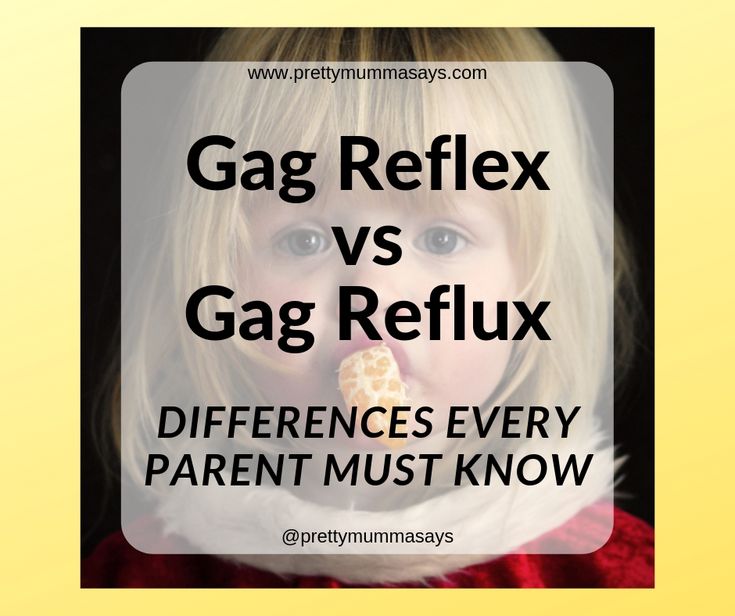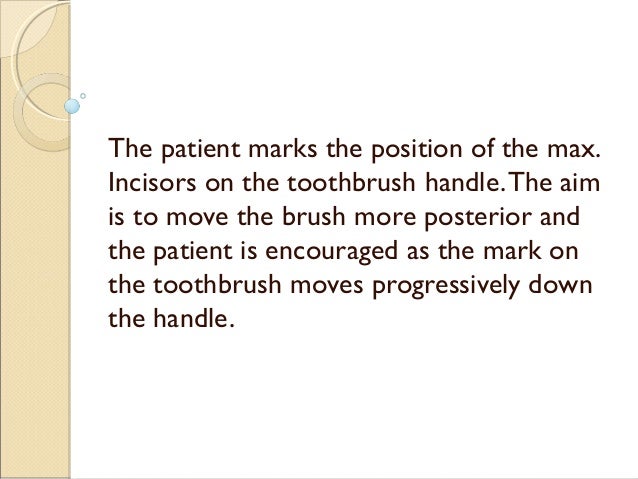
These may include anxiety about the procedure, the dentist touching physical trigger points, the taste of the dentist’s gloves, and the sound of dental tools. This combination of psychogenic and somatogenic stimuli can explain why some people may gag only under certain circumstances.įor example, a person may not gag when engaging in their own oral hygiene but might gag when a dentist performs it due to multiple triggers being present at the dentist’s office. A person may, therefore, also gag due to certain sights, sounds, and smells. Physical and mental stimuli can be separate events or happen at the same time. Somatogenic and psychogenic stimuli combined

Therefore, a person may gag when experiencing an unpleasant thought. Generally, a psychogenic stimulus is a response to disgust.

PsychogenicĪ psychogenic stimulus is a mental trigger that causes a person to gag. Some people may gag from a very gentle touch on a trigger point, while others may be able to tolerate a more intense sensation before gagging. In this instance, the gag reflex is an attempt to prevent a person from choking or swallowing something potentially dangerous.Īlthough trigger points in the mouth may vary, a gag reflex will typically occur when something stimulates the base of the tongue, the uvula, or the tonsil area. The activation of a trigger point causes nerve signals to pass to the brain, which then signals the pharynx to contract. In relation to oral trigger points, this may be a large piece of food or a foreign object. SomatogenicĪ somatogenic stimulus is one that physically makes direct contact with a trigger point. ICD-10-CM R29.2 is grouped within Diagnostic Related Group(s) (MS-DRG v40.Two types of stimuli can trigger a gag reflex: somatogenic and psychogenic. This may take the form of increased, decreased, or absent reflexes.

(e) cases in which a more precise diagnosis was not available for any other reason.(d) cases referred elsewhere for investigation or treatment before the diagnosis was made.

(c) provisional diagnosis in a patient who failed to return for further investigation or care.(b) signs or symptoms existing at the time of initial encounter that proved to be transient and whose causes could not be determined.(a) cases for which no more specific diagnosis can be made even after all the facts bearing on the case have been investigated.The conditions and signs or symptoms included in categories R00- R94 consist of:.8, are generally provided for other relevant symptoms that cannot be allocated elsewhere in the classification. The Alphabetical Index should be consulted to determine which symptoms and signs are to be allocated here and which to other chapters. Practically all categories in the chapter could be designated 'not otherwise specified', 'unknown etiology' or 'transient'. In general, categories in this chapter include the less well-defined conditions and symptoms that, without the necessary study of the case to establish a final diagnosis, point perhaps equally to two or more diseases or to two or more systems of the body. Signs and symptoms that point rather definitely to a given diagnosis have been assigned to a category in other chapters of the classification.This chapter includes symptoms, signs, abnormal results of clinical or other investigative procedures, and ill-defined conditions regarding which no diagnosis classifiable elsewhere is recorded.


 0 kommentar(er)
0 kommentar(er)
